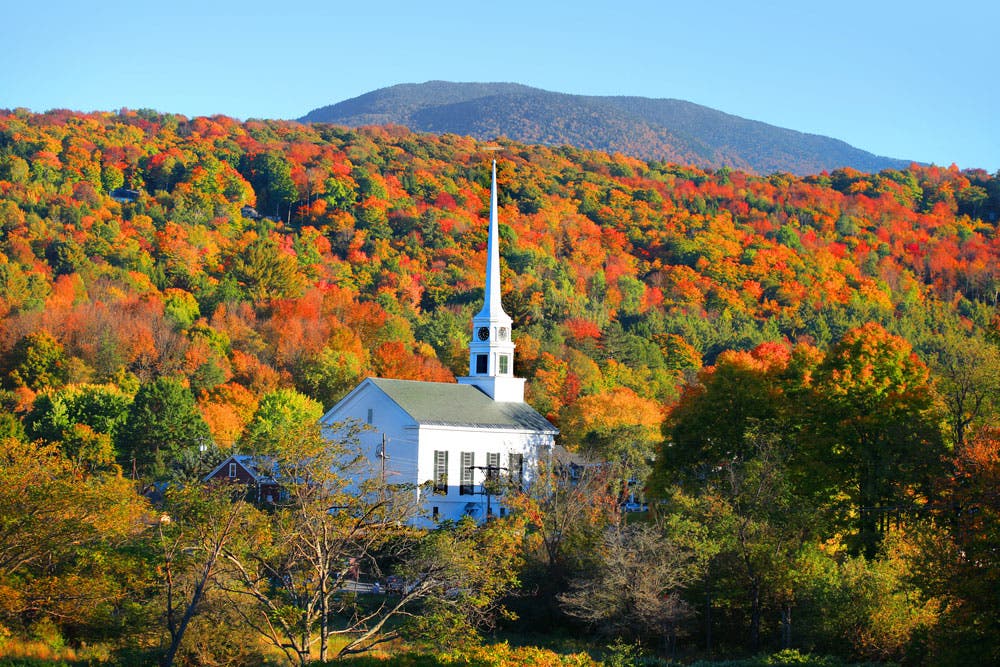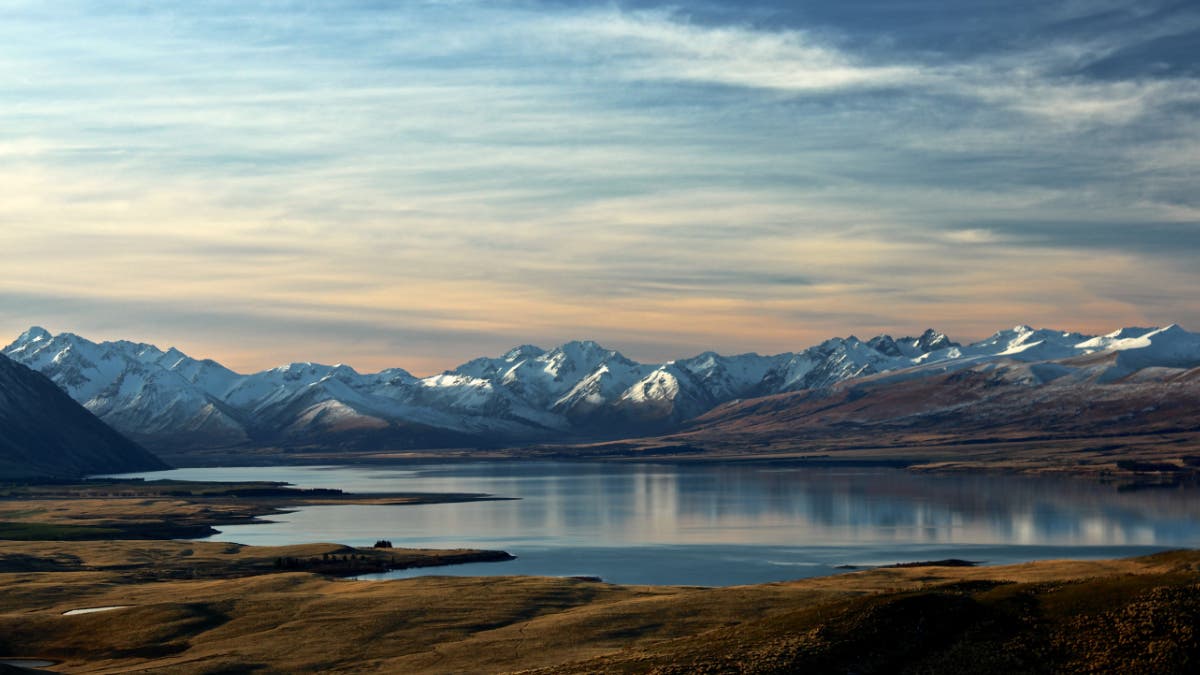Outdoor photography encompasses a broad and vibrant range of categories that will open your creative horizons. There are so many different types of outdoor photography, some of which may be surprising. Outdoor photography almost always depends on weather conditions and other variables you must consider before even stepping outside.
Types of Outdoor Photography

Landscape photography
Outdoor photography, also known as landscape photography, includes many different types of photography. Each genre can provide its challenges and can take years to master. This article can give you a headstart with tips and tricks about these types of landscape photography.
Sunsets and sunrises are beautiful, but knowing how to photograph them will make them infinitely more fun to experience. Equip yourself with a solid camera and wide-angle lens and dive into the best settings to use in a different light. The first thing you will learn about landscape photography is that your scene will constantly change during your shoot. Knowing how to change your settings in just a few seconds will save you time, ensuring you never miss a shot.

Mountain photography
Mountain photography has become extremely popular as more people travel and enjoy outdoor hobbies and sports such as hiking and skiing. As an avid hiker myself, I became a photographer when I decided to begin capturing my mountaineering adventures back in college. There isn’t a more straightforward subject than mountain ranges simply because they offer many beautiful perspectives at every turn.
As the mountains make their own weather and are often very unpredictable, consider durable and weatherproof gear. I also tend to pack light. You may be hiking for hours to find specific perspectives; every ounce in your pack will count.

Forest photography
Exploring and creating photographic content in a forest area can also be challenging but incredibly rewarding. One challenge you may face is low light. Even on sunny days, the canopy can shield most of the light from the base of the forest and can make handheld shooting quite difficult. I highly recommend using a lens with a wide aperture. Find ways to play around with the different lights within the forest. The light will likely change fast, so your perspective will constantly change. Throw your camera on a tripod and use yourself or another person as the subject of your shots. Find ways to set your human subjects apart by silhouetting them in the highlights or having them wear brighter colors to stand out.

Cloudscape photography
I’ve never met a strict cloudscape photographer, but they are out there. This photography niche depends on having the right conditions for obvious reasons. A tripod and shutter release cable is necessary so you can take shots without touching the camera. If you don’t have a cable, set your camera’s timer to take the photo after 2 seconds.
I recommend using a polarizing filter to cut out any glare from the clouds or sun, also improving the contrast of the sky between the clouds. You will also want to experiment with different focal lengths and different depths of field as well. Try to keep your aperture narrower to give yourself more depth of field.

Astrophotography
The astrophotography niche is a fast-growing type of outdoor photography that challenges photographers of all levels. It also depends on the weather conditions, moon phases, and the time of year. You will want to ensure you have a solid understanding of aperture, shutter speed, and ISO.
Though it is easy to focus only on the sky, astrophotography thrives when you have a dramatic foreground. If you cannot find landscapes that fit the bill, find a small hill and use yourself as a silhouette.

Night photography
Like with astrophotography, low light will be your biggest challenge with night photography. You’ll often spend most of your time experimenting with your aperture, high ISO settings, and longer shutter speeds. Astro isn’t the only type of night photography. You can also shoot landscapes, cityscapes, wildlife, and even macro. The key for most of these will be utilizing artificial light sources. Flash will work in some scenarios, but often, you will want a constant light source, such as a light wand, panel, or full-blown lamp.
Another sub-category of night photography is light painting. You can draw pictures within your scene using a long exposure and an artificial light source, usually in the foreground. Much trial and error goes into light painting, so be patient.

Urban/street photography
Suppose you rarely find yourself in amazing landscapes. Urban photography is an excellent option. Larger cities tend to have more impressive architecture and more room for scale. Explore your city as much as you can to find perspectives, and then do it again at night because it’s likely that you will have a completely different change in scenery.
Quick tip: Find a crowded area and put your camera on a tripod. Slow down your shutter speed to 1/8th of a second and experiment with how this makes the crowd’s movement look.

Wildlife photography
Wildlife photography has exploded over the past few years as telephoto lenses have become more affordable. Allowing photographers to capture sharper, closer images without getting close to your wildlife subject.
When taking wildlife photos, ensure you are using a fast shutter speed. Wildlife often moves quickly. Remember that the longer your focal length, the more likely that camera shake will occur. Using a tripod will also help to keep your image sharp.

Flower photography
Flowers have always been a popular subject for photography. They are full of color, various textures, and, of course, personality. Though seasonal, flowers are generally accessible to most photographers and make for a great subject. One way to make this fun is to start a flower photo collection. Essentially, do whatever you can to photograph a new flower species every time you go out. There are endless possibilities, so you will never find yourself getting bored.
Also, feel free to grab your macro lens and get as close as possible to your subject. Capturing insect life that resides on or near your subject.

Macro photography
Macro photography is about making a small object appear massive within your frame. Finding the proper lens for macro photography is critical; most camera brands offer various options.
While shooting, use manual focus with a focus guide to ensure your subject remains sharp, especially if the subject is moving. The more you magnify your frame, the harder it is to use autofocus. Try using a flash. You will need to work with a narrower aperture, decreasing the amount of light coming through your sensor. So, an artificial light source will be necessary unless you shoot in bright light like the direct sun. Take plenty of shots, experimenting with different amounts of light and various apertures.
Conclusion
With outdoor photography, your possibilities are endless, as are the different types and styles. Experiment with some categories and sub-categories above and see what is fun for you as a creator. By learning the basic settings of your camera, you will easily be able to test out all of these types of photography.
Outdoor photography is a massive topic and covers so many different genres of photography. Staying patient with yourself and maintaining good discipline will ensure you never give up. So start chasing those sunsets.






